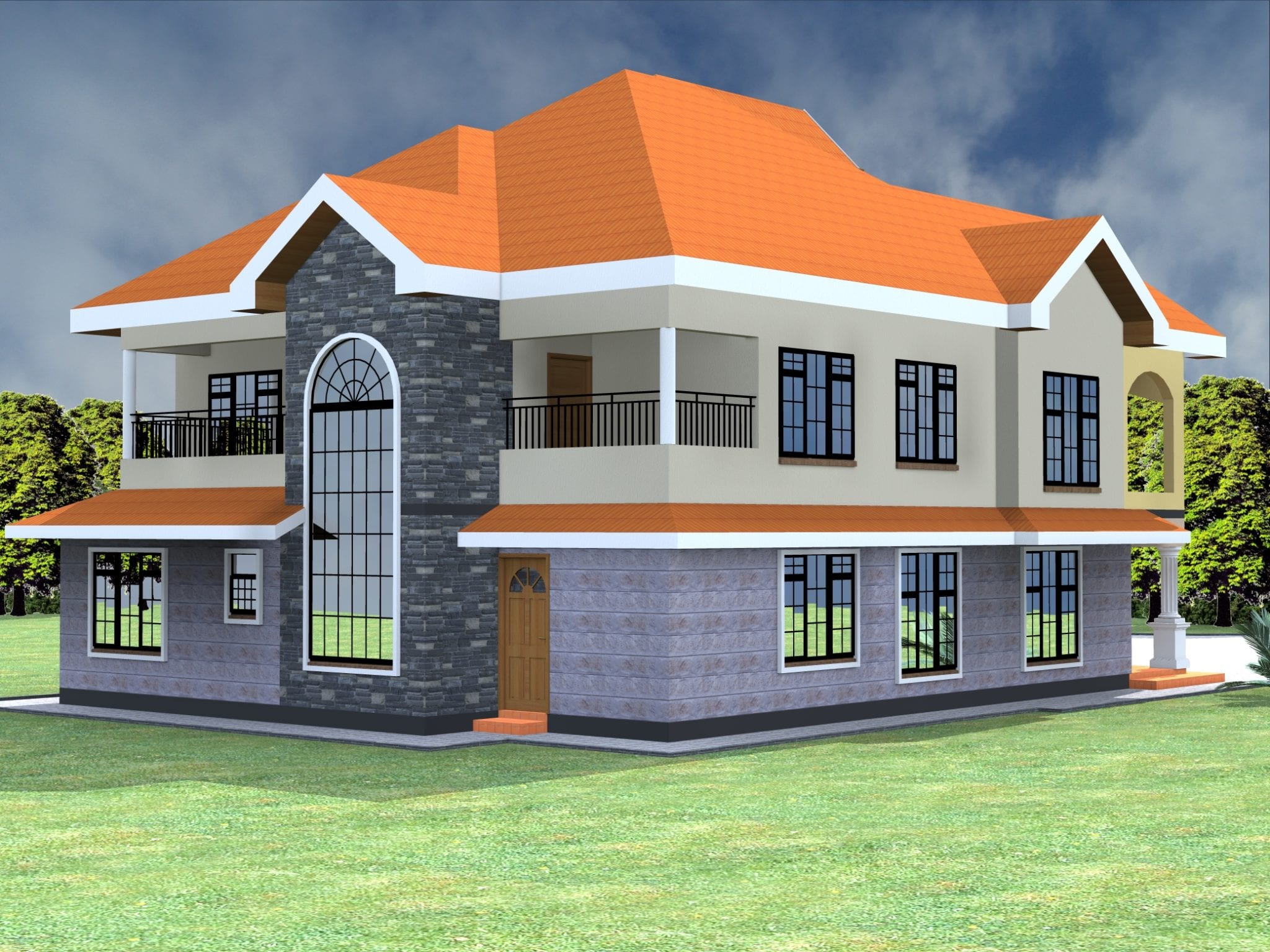Inspirational 4-Bedroom Small House Designs: 4 Bedroom Small House Design

Small homes offer a unique blend of efficiency and charm, especially when designed with a focus on maximizing space and functionality. A 4-bedroom small house is a testament to this, demonstrating that even with limited square footage, a comfortable and spacious living environment is achievable.
Examples of Innovative Space Utilization in 4-Bedroom Small Houses
Innovative space utilization is crucial in small house design. This involves creating a sense of openness and maximizing every inch of space. Several real-world examples demonstrate how this is achieved:
- The Murphy Bed: This space-saving marvel folds away into a wall, transforming a bedroom into a living area during the day. It’s a common feature in small homes, maximizing space and flexibility.
- Open Floor Plans: Open floor plans create a sense of spaciousness by eliminating walls and creating a continuous flow between living areas. This allows for visual connectivity and a feeling of expansiveness.
- Built-in Storage: Maximizing vertical space with built-in storage units, such as shelves, drawers, and cabinets, keeps belongings organized and out of sight, maximizing usable floor space.
Benefits and Challenges of Living in a Small 4-Bedroom House, 4 bedroom small house design
Living in a small 4-bedroom house offers several advantages and challenges that homeowners should consider:
Benefits
- Lower Cost: Smaller homes require less material and energy to build, resulting in lower construction costs. This can make homeownership more accessible.
- Reduced Energy Consumption: Small homes require less energy to heat and cool, leading to lower utility bills and a smaller environmental footprint.
- Lower Maintenance: Smaller homes have less exterior and interior surface area to maintain, reducing maintenance costs and time.
- Less Cleaning: Smaller homes require less time and effort to clean, freeing up time for other activities.
- Minimalist Lifestyle: Living in a smaller space often encourages a minimalist lifestyle, focusing on owning only essential items and minimizing clutter.
Challenges
- Limited Space: The most obvious challenge is limited space, requiring careful planning and organization to maximize functionality.
- Lack of Privacy: Open floor plans can sometimes limit privacy, especially if multiple people share the living space.
- Storage Limitations: Smaller homes may have limited storage space, requiring creative solutions to keep belongings organized.
- Smaller Yards: Smaller homes often have smaller yards, which may limit outdoor activities and space for gardening.
Sustainable Building Practices and Energy-Efficient Features
Designing a small 4-bedroom house with sustainable building practices and energy-efficient features can significantly reduce its environmental impact and operating costs.
Sustainable Building Practices
- Energy-Efficient Windows: Double- or triple-paned windows with low-E coatings reduce heat loss and gain, minimizing energy consumption for heating and cooling.
- High-Performance Insulation: Properly installed insulation in walls, ceilings, and floors significantly reduces heat transfer, improving energy efficiency.
- Renewable Building Materials: Using sustainable materials such as bamboo, recycled wood, and recycled plastic reduces the environmental impact of construction.
- Green Roofing: A green roof can reduce energy consumption by providing insulation, reducing stormwater runoff, and improving air quality.
- Water-Efficient Fixtures: Installing low-flow showerheads, toilets, and faucets reduces water consumption and waste.
Energy-Efficient Features
- Solar Panels: Solar panels convert sunlight into electricity, reducing reliance on fossil fuels and lowering energy bills.
- Geothermal Heating and Cooling: Geothermal systems utilize the stable temperature of the earth to heat and cool homes, offering significant energy savings.
- Energy-Efficient Appliances: Choosing appliances with Energy Star ratings ensures they use less energy and save money on utility bills.
- Smart Home Technology: Smart home devices, such as thermostats and lighting controls, can optimize energy usage and reduce waste.
